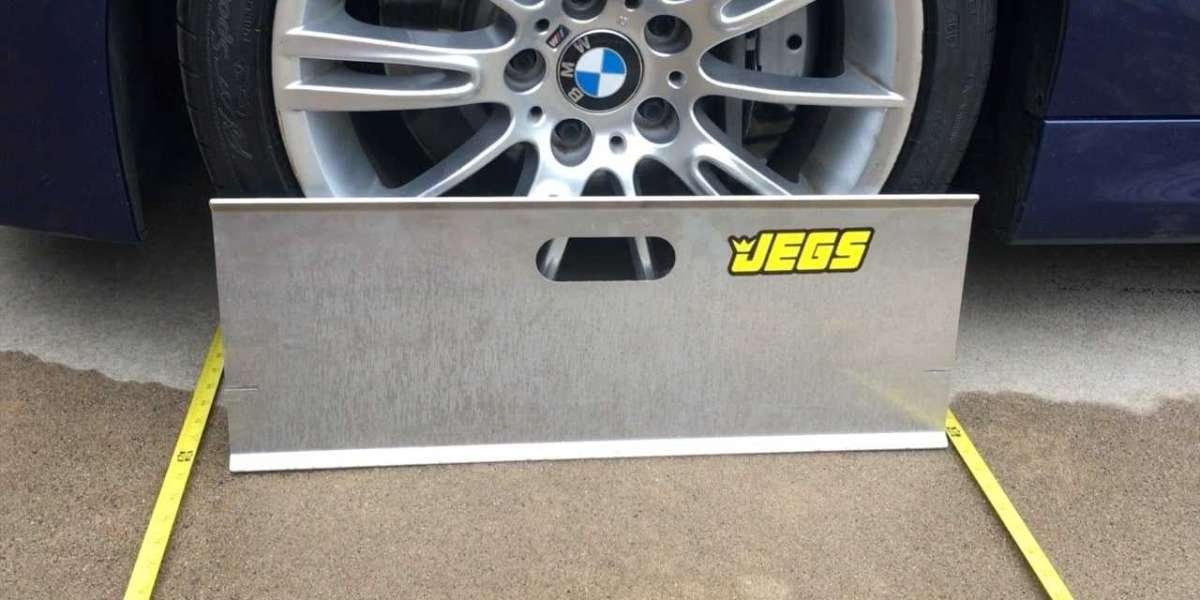In the world of drifting, where precision steering and vehicle control are paramount,drifting toe plates play a crucial role in achieving the optimal alignment setup. Proper toe settings can make the difference between a smooth drift and a loss of control, and drifting toe plates provide an accurate, efficient, and portable way to measure and adjust alignment.
What Are Drifting Toe Plates?
Toe plates are flat tools, typically made of aluminum or steel, designed to measure the toe angle of a vehicle's wheels. Drifting toe plates allow drivers and mechanics to adjust the alignment for better steering response, tire wear management, and improved control during high-angle slides.
Toe Angle in Drifting
The toe angle refers to the direction the wheels point in relation to the vehicle's centerline:
- Toe-In: Front edges of the tires point inward. Provides straight-line stability, but not commonly used in drifting.
- Toe-Out: Front edges of the tires point outward. Widely preferred for drifting as it enhances cornering response and steering sensitivity.
Drifting setups often favor aggressive toe-out angles in the front wheels to improve turn-in and allow precise control during slides.
Benefits of Toe Plates for Drifting
Precision Tuning
Drifting demands precise alignment to ensure the car behaves predictably at the limits of grip. Toe plates provide accurate measurements for fine-tuning.Quick Adjustments
Toe plates are portable and easy to use, making them ideal for on-the-spot alignment adjustments during track events.Improved Handling
With the right toe angle, drivers can achieve sharper turn-in and better control while initiating and sustaining drifts.Cost-Effective
Compared to advanced alignment machines, toe plates are an affordable tool for maintaining alignment.Tire Longevity
Proper alignment reduces uneven tire wear, which is especially important in drifting, where tires endure extreme stress.
How to Use Drifting Toe Plates
Set Up the Toe Plates
Place the toe plates snugly against the outer sidewalls of the front tires, ensuring they are flush and secure.Insert Tape Measures
Use the built-in slots on the plates to position tape measures across the front and rear edges of the tires.Take Measurements
Measure the distance between the front and rear edges of the tires:- Larger front distance = Toe-Out.
- Larger rear distance = Toe-In.
Adjust the Alignment
Use the vehicle's tie rods to adjust the toe angle to the desired setting, typically toe-out for drifting.Recheck and Fine-Tune
Repeat the measurement process to confirm the alignment is precise.
Common Drifting Toe Settings
- Front Wheels: Slight to moderate toe-out for improved steering response and cornering precision.
- Rear Wheels: Neutral to slight toe-in for stability during high-speed transitions.
Advantages of Toe-Out in Drifting
- Sharper Turn-In: Toe-out settings enhance the car’s ability to initiate drifts quickly.
- Better Slide Control: Helps maintain stability and responsiveness during sideways maneuvers.
- Enhanced Cornering: Improves agility when navigating tight or technical drift courses.












